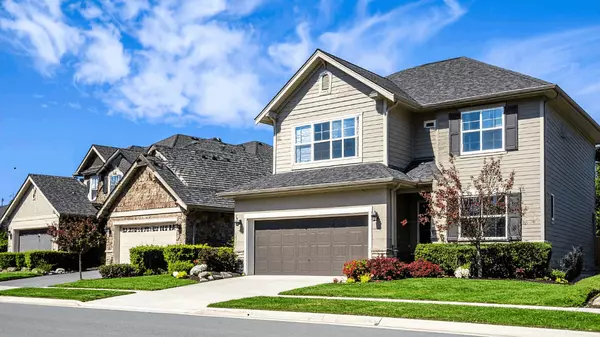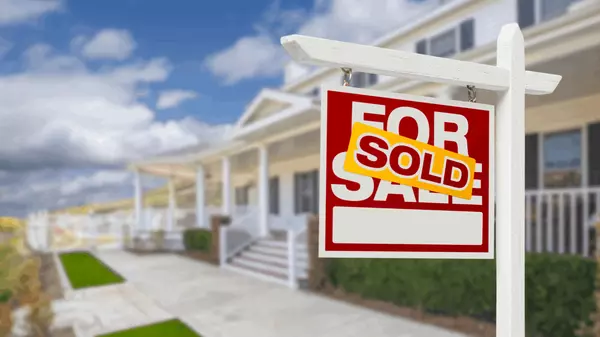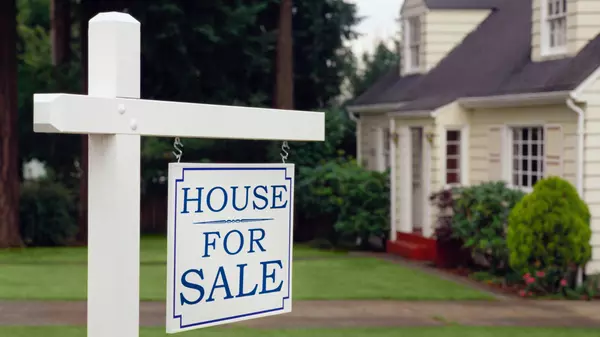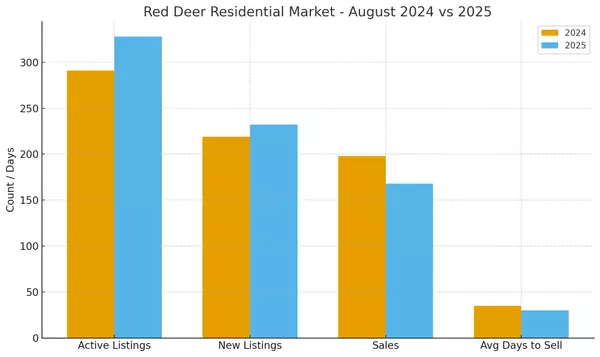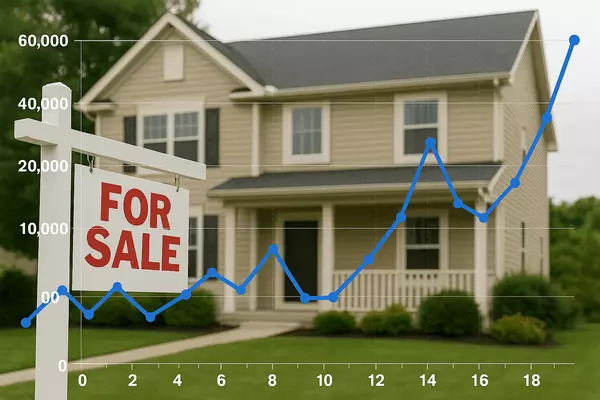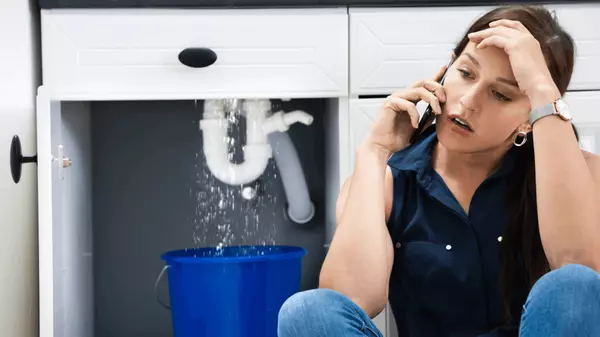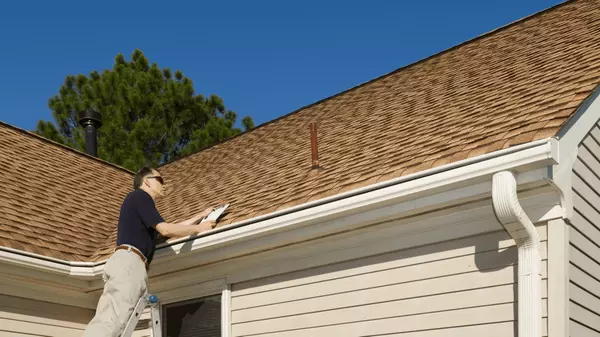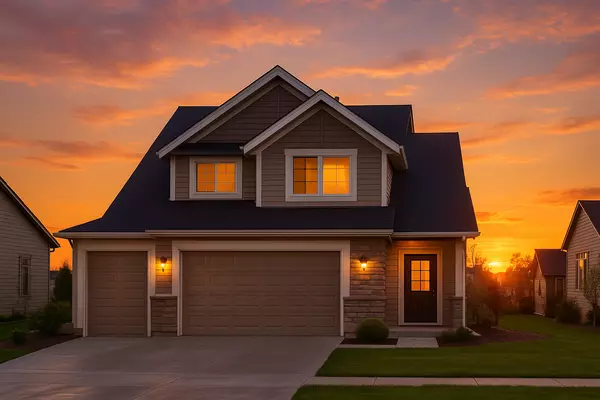Understanding Poly-B Plumbing: What Red Deer Homeowners Need to Know Before Selling
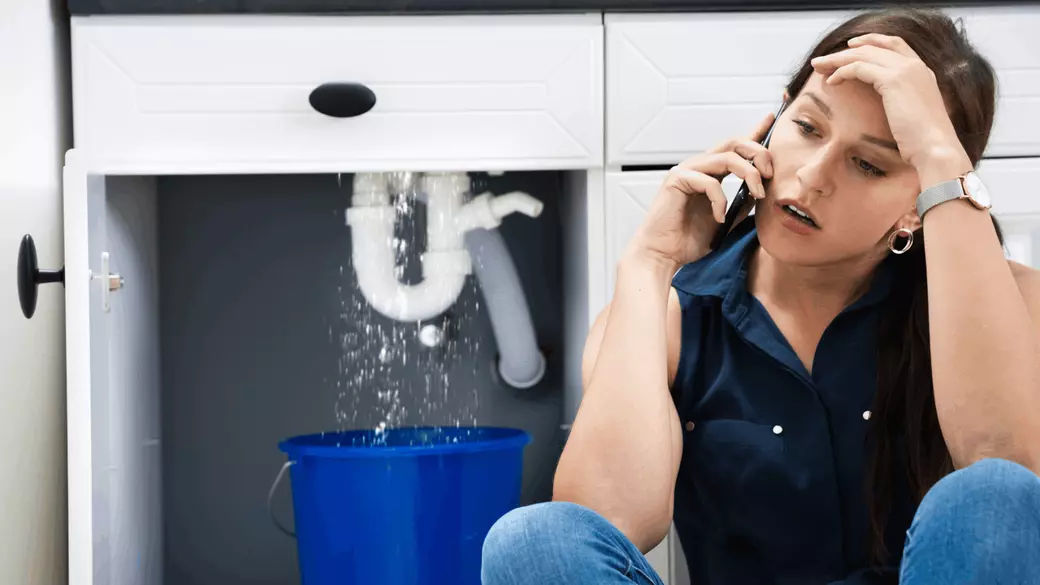
If you're a homeowner in Red Deer with a house built between 1978 and the mid 1990s, there's a chance you have polybutylene plumbing more commonly known as Poly-B. While it was once a popular and cost effective plumbing solution, Poly-B has since become a growing concern in real estate transactions. If you’re thinking of selling your home, understanding what Poly-B is and how it impacts your property value is more important than ever.
What is Poly-B Plumbing?
Poly-B is a type of grey plastic piping that was widely used in residential plumbing systems across Canada from the late 1970s to the mid-1990s. It was favored for being lightweight, flexible, and easy to install. However, over time, many homeowners began experiencing pipe failures and water damage due to Poly-B degradation.
Why is Poly-B a Problem?
While Poly-B may have seemed like a modern solution decades ago, it has proven to be less durable than copper or PEX piping. The main concerns with Poly-B include:
- Pipe failure - Over time, the pipes can become brittle and crack or burst, especially when exposed to high heat or chlorine.
- Insurance challenges - Some insurance companies charge higher premiums, refuse coverage, or require replacement before issuing a new policy.
- Home inspection issues - Poly-B often raises red flags during buyer home inspections, leading to conditional offers or price negotiations.
If you’re planning to sell, this type of plumbing can become a deal breaker for buyers especially those using CMHC-insured or bank-approved mortgages.
How to Know if Your Home Has Poly-B
If your home was built between 1978 and 1997, check your basement or utility room for grey plastic pipes connected with metal or plastic bands. You can also:
- Review your home inspection report (if available)
- Ask a licensed plumber for a professional assessment
- Look behind access panels (like under sinks or near the hot water tank)
Real Estate Impacts: What Sellers Need to Know
Here’s how Poly-B plumbing can affect your home sale:
- Lower Offers or Renegotiations
Buyers may request a price reduction to cover the cost of replacing the Poly-B system (often between $8,000 and $15,000, depending on the size of the home and how much drywall repairs are needed). - Financing Delays
Some lenders may require proof that the plumbing has been replaced before approving the buyer’s mortgage. - Home Insurance Issues
Buyers may struggle to secure home insurance or face high premiums until the plumbing is updated. - Fewer Interested Buyers
Buyers who are wary of future repairs or insurance complications may skip over your listing altogether.
Should You Replace Poly-B Before Selling?
While not always necessary, replacing Poly-B before listing your home can increase its appeal and market value. At the very least, disclosing the plumbing type upfront builds trust with potential buyers and helps avoid surprises during inspection.
If full replacement isn’t in the budget, consider:
- Getting quotes for buyers to reference
- Offering a credit or price adjustment
- Replacing the visible or most at-risk sections (e.g., near hot water tanks or under sinks)
Final Thoughts: Be Proactive, Not Reactive
If your home was built in the late 70's, 80's, or 90's, it’s worth taking a closer look at your plumbing system. Knowing whether you have Poly-B and understanding its impact can help you plan ahead, avoid last minute surprises, and negotiate from a position of knowledge
Thinking of Selling a Home with Poly-B Plumbing?
Let’s have a conversation. I can help you understand how Poly-B might affect your home sale and walk you through your options whether that means replacement, pricing strategy, or buyer incentives.
Contact me today for a no-pressure consultation and home evaluation. Let’s make your home sale as smooth as possible.
Categories
Recent Posts
